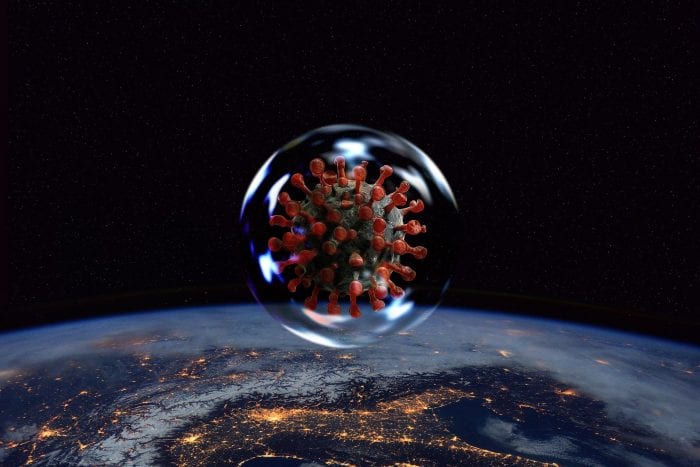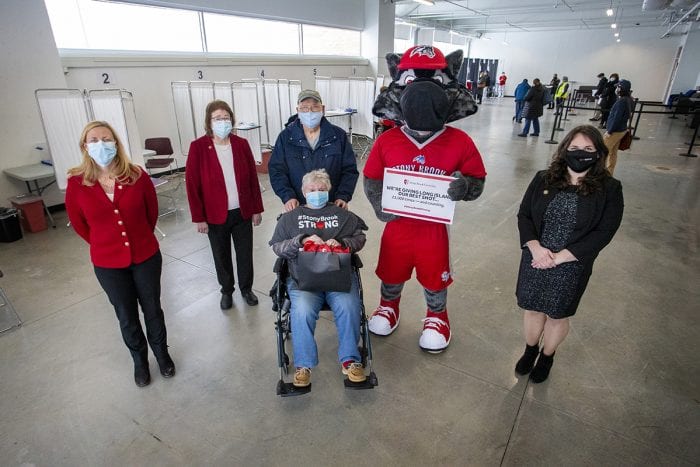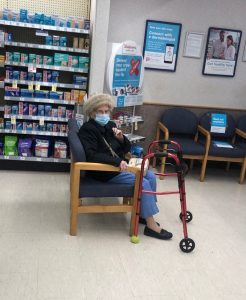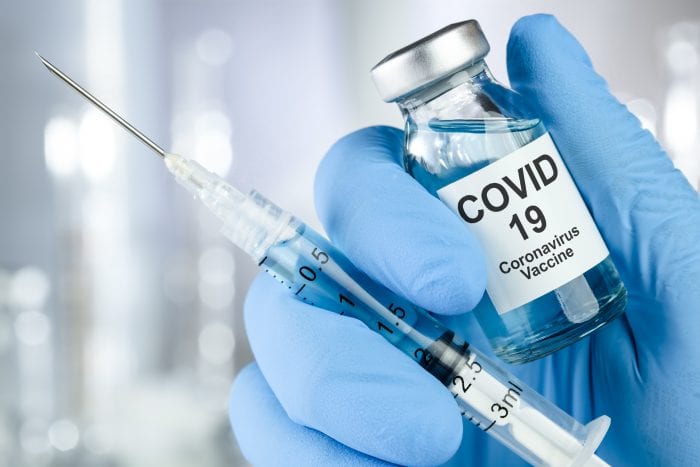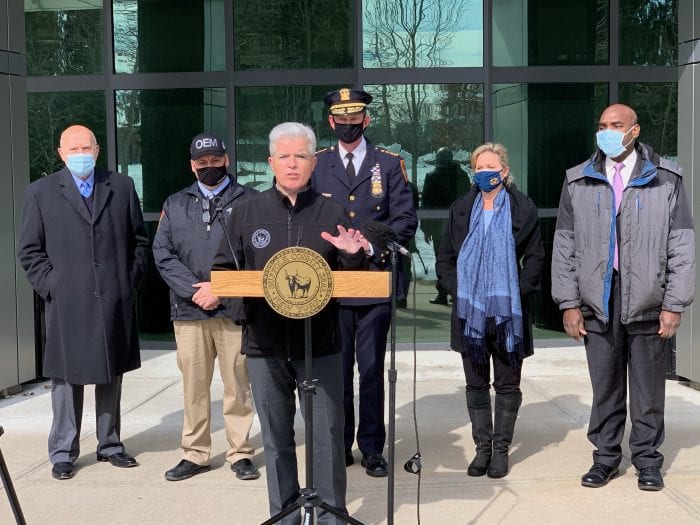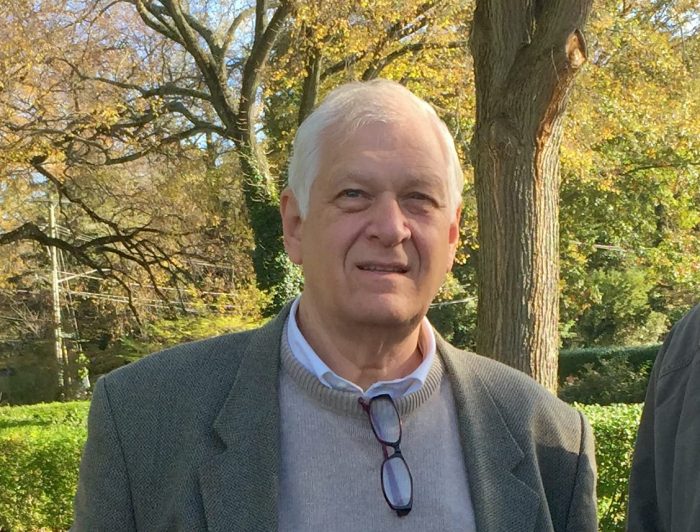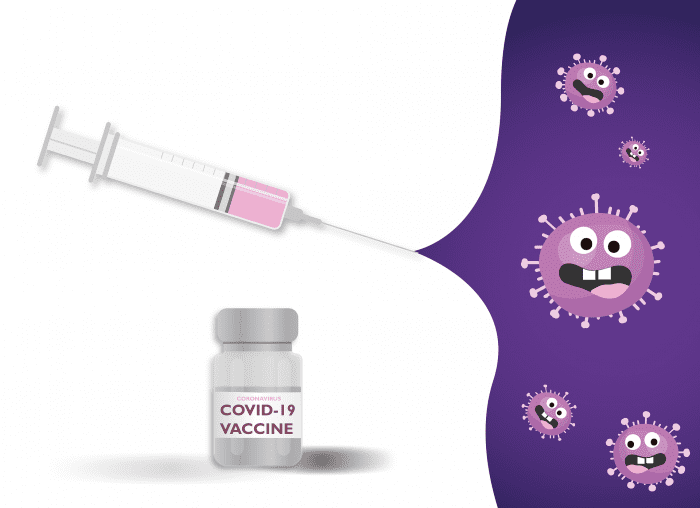By Daniel Dunaief
People around the world are lining up, and in some cases traveling great distances, to get vaccinations to COVID-19 that will provide them with immune protection from the virus.
An important step in the vaccinations from Pfizer-BioNTech and Moderna, the two messenger RNA vaccinations, originated with basic research at Brookhaven National Laboratory in the 1980’s, close to 40 years before the pandemic infected millions and killed close to three million people.
At the national laboratory, scientists including F. William Studier, Alan Rosenberg, and the late John Dunn, among others, worked on another virus, called the T7 bacteriophage, which infects bacteria. T7 effectively corrupts a bacteria’s genetic machinery, turning it into a machine that makes copies of itself.
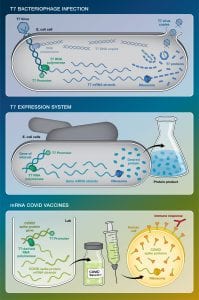
Back in the 1980’s, Studier and Dunn in BNL’s Biology Department were trying to do something no one else had accomplished: they wanted to clone the T7 RNA polymerase. The use of this genetic region, along with a promoter that starts the process of transcription, enabled scientists to mimic the effect of the virus, directing a cell to make copies of genetic sequences or proteins.
The BNL researchers perfected that process amid a time when numerous labs were trying to accomplish the same molecular biological feat.
“Although there were several labs that were trying to clone the T7 RNA polymerase, we understood what made its cloning difficult,” said Alan Rosenberg, who retired as a senior scientist at BNL in 1996. The patented technology “became the general tool that molecular biologists use to produce the RNA and proteins they want to study.”
The scientists who worked on the process, as well as researchers who currently work at BNL, are pleased that this type of effort, which involves a desire for general knowledge and understanding before policy makers and funders are aware of all the implications and benefits, led to such life-saving vaccinations.
“This is an excellent example of the value of basic science in that the practical applications were quite unanticipated,” John Shanklin, Chair of BNL’s Biology Department, wrote in an email.
“The goal of the work Studier and his team did was to understand fundamental biological principles using a virus that infects bacteria. Once discovered, those principles led to a transformation of how biochemists and biomedical researchers around the world produce and analyze proteins in addition to providing a foundational technology that allowed the rapid development of mRNA vaccines,” he wrote.
Shanklin described Studier, who recruited him to join BNL 30 years ago from Michigan, as a mentor to numerous researchers, including himself. Shanklin credits Studier for helping him develop his career and is pleased that Studier is getting credit for this seminal work.
“I am tremendously proud that the basic research done in the Biology Department has been instrumental in accelerating the production of a vaccine with the potential to save millions of lives worldwide,” Shanklin wrote. “I couldn’t be happier for [Studier] and his team being recognized for their tremendous basic science efforts.”
Steve Binkley, Acting Director of the Department of Energy’s Office of Science, acknowledged the importance of the earlier work.
“The fact that scientific knowledge and tools developed decades ago are now being used to produce today’s lifesaving mRNA vaccines for COVID-19 is a great example of how the Department of Energy’s long-term investments in fundamental research at our National Laboratories can improve American lives today and into the future,” Binkley said in a statement.
Studier explained that his interests were more modest when he started studying this particular virus, which infects the bacteria E. coli.
“T7 was not a well-studied bacteriophage when I came to Brookhaven in 1964,” Studier, who is a senior biophysicist Emeritus, said in a statement. “I was using it to study properties of DNA and decided also to study its molecular genetics and physiology. My goal, of course, was to understand as much as possible about T7 and how it works.”
In an email, Studier said he did not realize the connection between his work and the vaccinations until Venki Ramakrishnan, a Nobel-Prize winning structural biologists from the Medical Research Council Laboratory of Molecular Biology in Cambridge, UK, told him.
“I am pleased that our work with T7 is relevant for fighting this world-wide pandemic,” Studier wrote. “History shows that some of the most useful discoveries come from basic research that could not have been predicted.”
While BNL is one of 17 Department of Energy facilities, it has conducted scientific research in numerous fields.
Several translational achievements originated at BNL, Shanklin wrote, including the thalium stress test for evaluating heart function, the development of Fluoro Deoxy Glucose for Positron Emission Tomography and the first chemical synthesis for human insulin, which allowed human insulin to replace animal insulin.
As for the effort that led to the T7 discoveries, Studier worked with Parichehre Davanloo, who was a postdoctoral fellow, Rosenberg, Dunn and Barbara Moffatt, who was a graduate student.
Rosenberg appreciated the multi-national background of the researchers who came together to conduct this research, as Moffatt is Canadian and Davanloo is Iranian.
Rosenberg added that while the group had “an inkling” of the potential usefulness of the processes they were perfecting, they couldn’t anticipate its value over the next 40 years and, in particular, its current contribution.
“Nobody really understood or thought just how widely spread its use would be,” Rosenberg said. “We certainly had no idea it would be an important element in the technology” that would lead to the Pfizer and Moderna vaccinations.

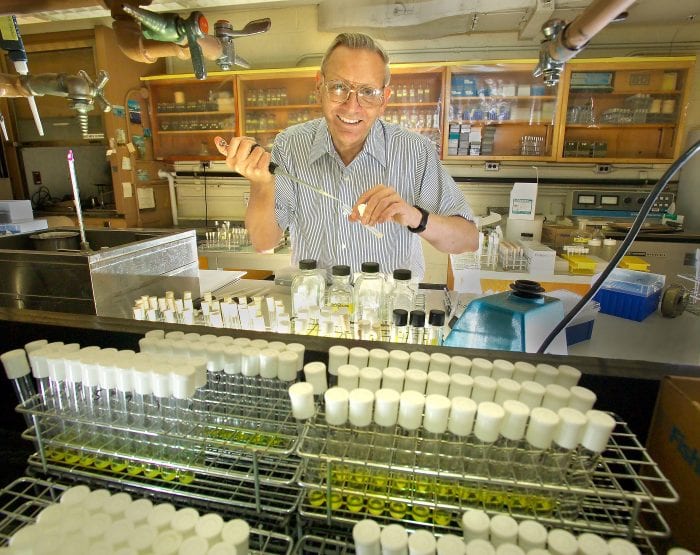
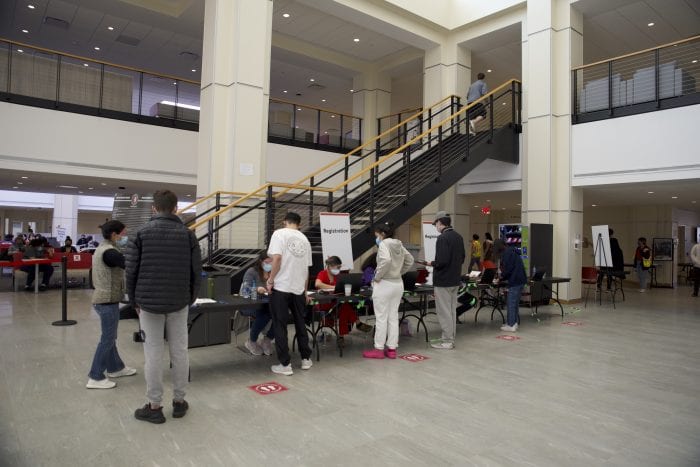
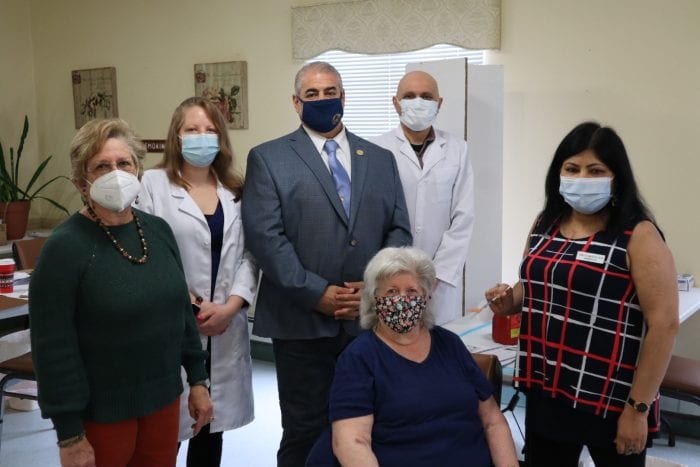
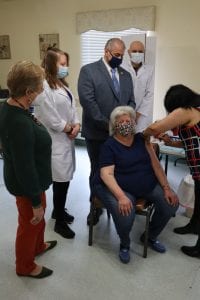
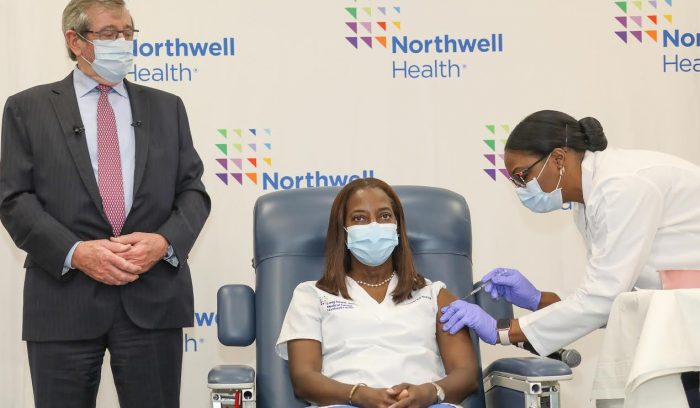
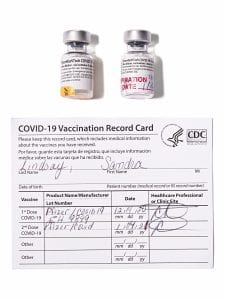 “December 14 was a historic moment for all: the day the very first COVID-19 vaccine was administered in the United States,” said
“December 14 was a historic moment for all: the day the very first COVID-19 vaccine was administered in the United States,” said 